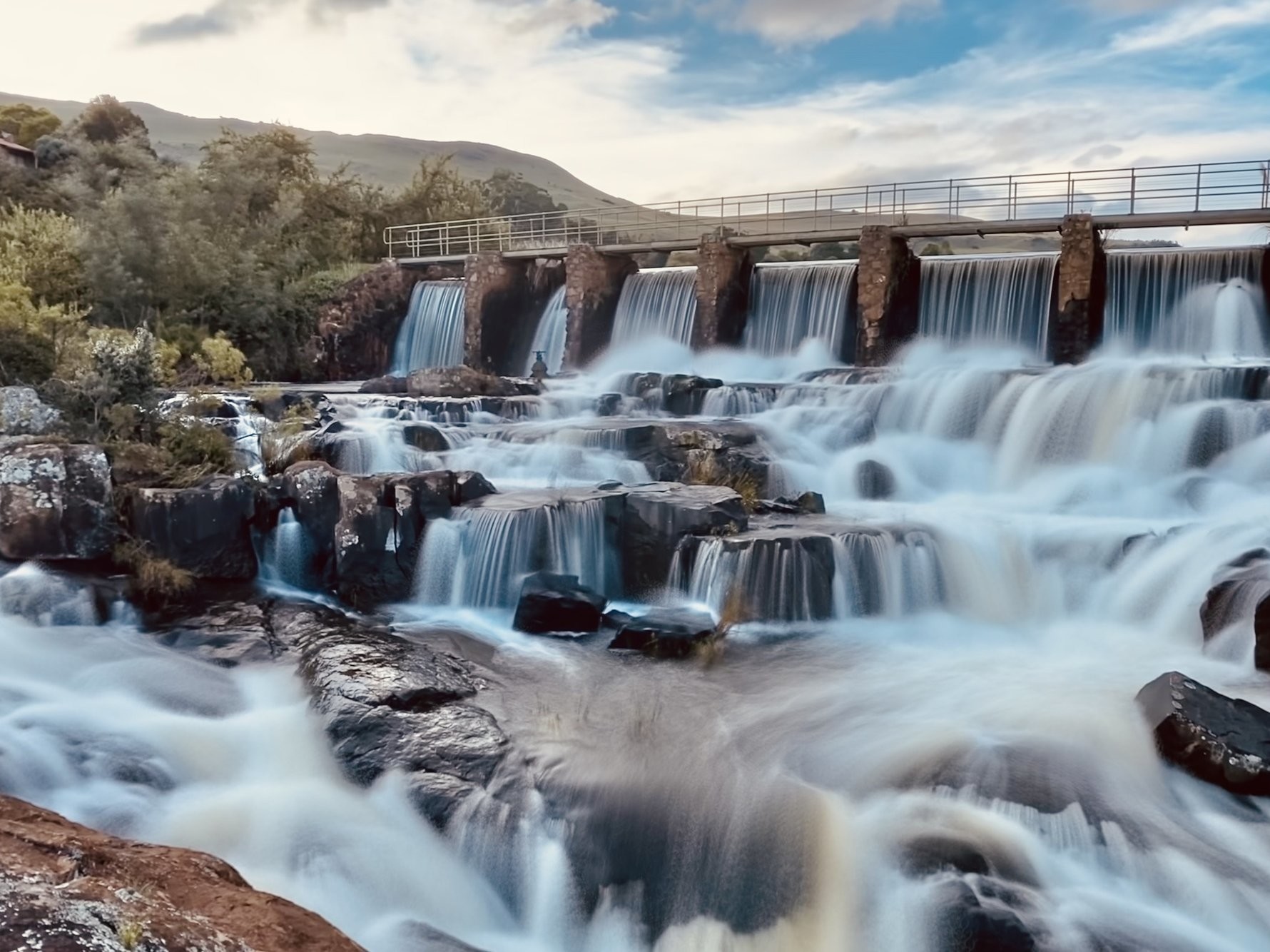The Single Strategy To Use For Johannesburg North Attractions
The Single Strategy To Use For Johannesburg North Attractions
Blog Article
Fascination About Johannesburg North Attractions
Table of ContentsAn Unbiased View of Johannesburg North AttractionsJohannesburg North Attractions - TruthsExamine This Report about Johannesburg North AttractionsJohannesburg North Attractions for BeginnersWhat Does Johannesburg North Attractions Do?How Johannesburg North Attractions can Save You Time, Stress, and Money.
The city expanded on the side of the Witwatersrand Main Coral reef, a below ground stratum of gold-bearing quartz-silica corporation that arcs for hundreds of miles below the Highveld - Johannesburg North attractions. Most of the gold mines in the city stopped procedure in the 1970s, yet in its day the Witwatersrand gold market accounted for more than 40 percent of the world's yearly gold manufacturing.Johannesburg has a temperate environment. Summertime temperature levels average regarding 75 F (24 C); wintertime temperature levels balance concerning 55 F (13 C) and just periodically dip below cold. The city takes pleasure in regarding eight hours of sunlight daily in both wintertime and summer. Rain standards about 28 inches (700 millimetres) per year, yet the overall varies substantially from year to year.
What rain the city receives falls nearly solely in the summertime, often in amazing late-afternoon electric tornados. Air pollution presents a considerable problem, specifically in the cold weather, when thermal inversions hinder the westward circulation of air from the Indian Sea. Air pollution is most severe in the densely settled Black municipalities on the city's perimeter, where lots of citizens still depend on coal for fuel.

What Does Johannesburg North Attractions Do?
The equilibrium of the city is occupied by whites. Lodging differs in character and quality. Soweto is well-known for its countless rows of municipally built, two-room matchbox homes, yet it likewise has a few thriving territories in addition to bristling squatter camps, where tens of thousands live without water, power, or sanitation facilities.
Physical growth, although rather restricted by transportation, continued quickly as immigration to South Africa, and Johannesburg specifically, enhanced substantially. This issue was addressed in the 1930s when the car was presented in mass production to South Africa. Autos were, generally, confined to the rich, and permitted them to transfer to the north of the city and commute right into the centre.
The majority of bad residential areas were mixed, with inadequate blacks and whites living with each other, although the wealthy residential areas were normally booked for whites. This transformed with the election of the National Event in the 1948 elections, that started to formalise the system referred to as racism. Discrimination officially designated which suburban areas each race could live in under the Team Areas Act.
The previous system of eleven numbered areas was reorganised in 2006. Marshalltown, as seen from the top of the Carlton Centre. The M1 and M2 run behind the buildings, and the southerly residential areas expand past the highway boundary. The internal city of Johannesburg lies within the city's Region F. The approximated population of the region is 200,000, [] The number of people living in the inner city on a casual basis is unknown, as numerous are prohibited immigrants. The majority of higher-income homeowners and white people have moved to the north suburban areas and have been replaced by lower-income black individuals. The joblessness, education and learning, and age accounts of the area are all unidentified, due to the trouble of getting dependable info concerning the location.
What Does Johannesburg North Attractions Do?
Centred on the CBD, the read area includes the suburbs of Yeoville, Bellevue, Troyeville, Jeppestown, and Berea to the east. To the west it infects Pageview (Johannesburg North attractions) and Fordsburg. There are tiny enterprise zones to the he said south, such as City West-Denver and Benrose. Around 800,000 commuters pass through the inner city daily, and it operates as a regional buying node for visitors from the southern residential areas. Yeoville and Bellevue have a mix of house buildings and single household units on tiny lots. The area is located on a hilly divide that runs from eastern to west.

A Biased View of Johannesburg North Attractions
The eastern suburbs are some of the earliest areas of Johannesburg, there are big areas of Jewish and various other European histories, the majority of the populace is English talking. There are three golf programs as well as a number of secured ridges with viewsites.
The area Homepage is mostly composed of old "matchbox" homes, or four-room residences built by the government, that were developed to supply economical holiday accommodation for black workers throughout racism. Soweto is an abbreviation, representing "South Western Townships". Street after street around is lined with matchboxes; nevertheless, there are a couple of smaller locations where thriving Sowetans have developed houses that are more similar in stature with those in even more wealthy residential areas.
Hostels are another famous physical attribute of Soweto. Originally developed to house male migrant employees, several have actually been improved as homes for pairs and households. The N1 Western Bypass skirts the eastern border of Soweto. The suburb was not historically permitted to produce work centres within the area, so mostly all of its homeowners are travelers to various other components of the city.
The Best Guide To Johannesburg North Attractions
The residential areas in the north residential areas are generally official, with no substantial locations of informal housing, or real estate that does not have a permanent framework. This is a well established location, there is a pattern of land use change from property to commercial, particularly along major arterial roadways and around well-known nodes.
Roads to the east and west are less well established, as there are no highways taking a trip in that direction. Towards the northern border of the city, the thickness of development lowers, leaving huge areas of primitive land around Midrand.
Getting My Johannesburg North Attractions To Work
, which is situated on a hill ignoring the inner city and Hillbrow.
Report this page